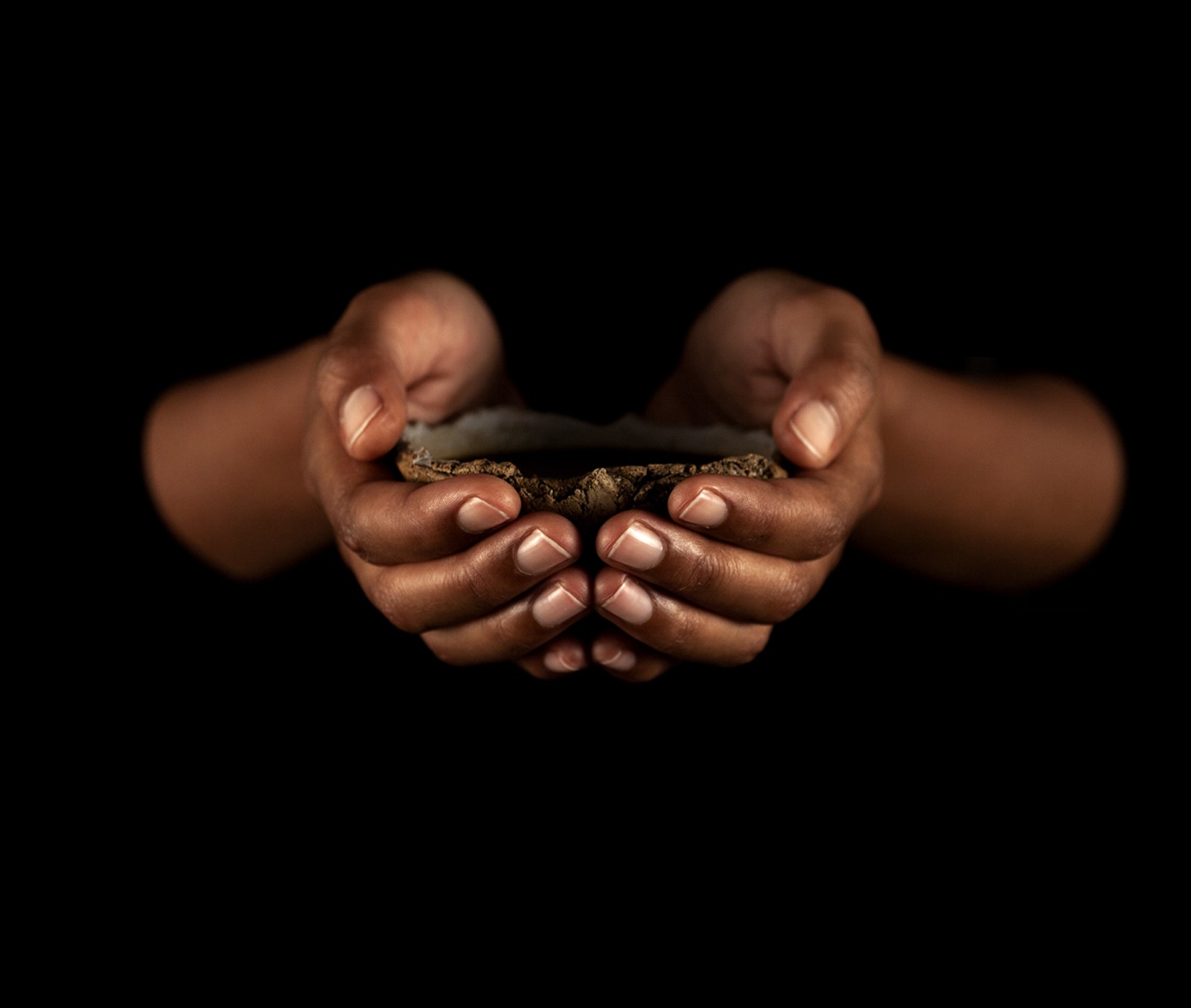Below you can read the technical reports developed by the Ayahuasca Defense Fund (ADF), a program initiated in response to the growing criminalization of ayahuasca practices worldwide. This international project is dedicated to shaping a world in which ayahuasca and other traditional psychoactive plants can be used legally and safely. The Ayahuasca Defense Fund unites state-of-the-art legal, scientifc, community, and public policy expertise. Through the ADF we serve the community by working with defendants worldwide, providing reliable expert information and promoting sensible public policy.
ADF Technical Reports
Thanks to financial support from the community, the ADF responds to the growing prosecution of ayahuasca practices worldwide, as well as writing technical reports and engaging on other legal and policy issues related to traditionally-used plants such as peyote, San Pedro, coca leaf, and others.
The idea for the Ayahuasca Defense Fund was planted at the first World Ayahuasca Conference in Ibiza in 2014 and the program became fully operational a year and a half later. The formalization of the ADF as a distinct ICEERS program created a defined space for the work we had been doing since 2010 to assist defendants involved in legal cases around the world.
“Ayahuasca is the Quechua word referring to a liquid produced by the slow decoction of the Amazonian Banisteriopsis caapi vine – as well as to the vine itself – which contains harmine, harmaline and tetrahydroharmine. It is traditionally used throughout the Northwestern Amazon, originating from indigenous cultures that have used it for hundreds of years for medicinal and ritual purposes. At the beginning of the last century, syncretic religions combining Amerindian shamanism, African religiosity, European esotericism, and Christianity began to use ayahuasca. In the 1980s, these churches expanded from the Amazon into Brazilian urban centers (Labate 2004) and, since the 1990s, globally (Labate & Jungaberle, 2011).”
Technical Reports
2013
2017

